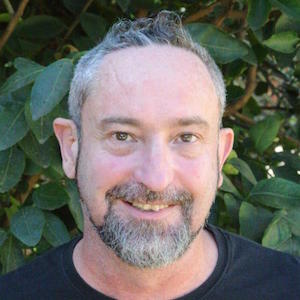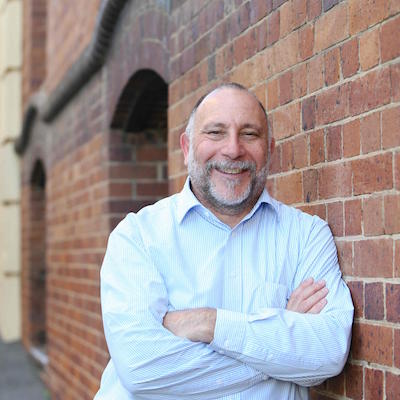Keith has a background in the modelling of real-world phenomena for use by computational systems. He has been focussed on the construction and healthcare sectors for the last decade, making web-based tools and repositories for building designs and health records.
He comes from a distributed computing background, and was a pioneer in the use of models and model transformations to create distributed computing solutions for enterprises as diverse as telecommunications and government services. He has published both in the academic literature, as well as practical books and book chapters for computing practitioners.
Keith loves working with diverse groups of people to solve problems by revealing different points of view from different disciplines using visual modelling, capturing these models in formal ways for comparison, semantic matching, and the generation of computer systems to support inter-disciplinary teams.



